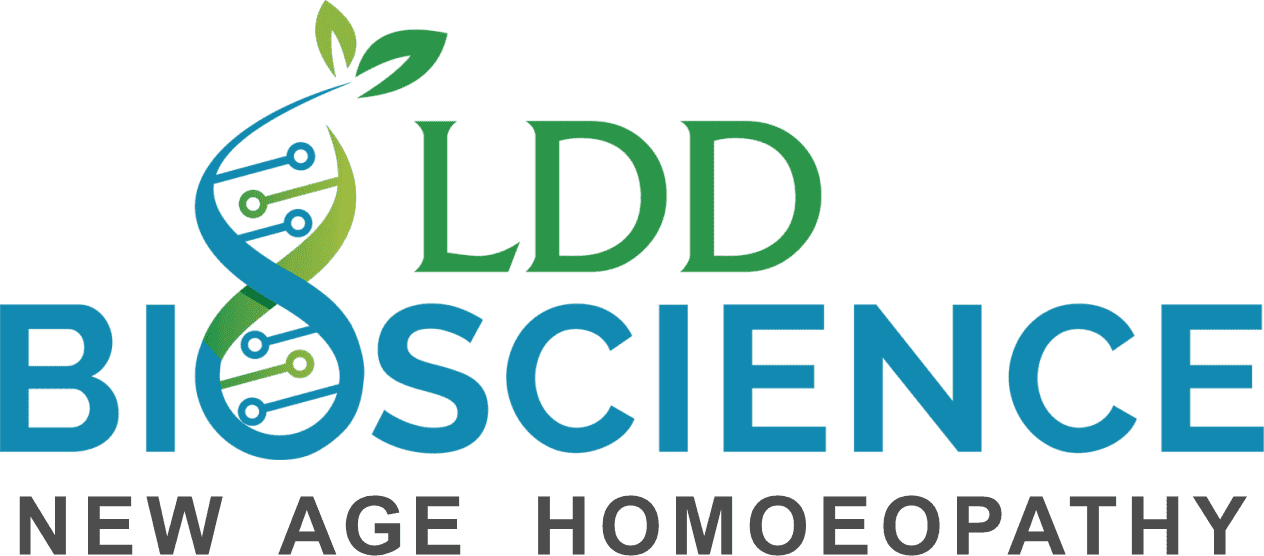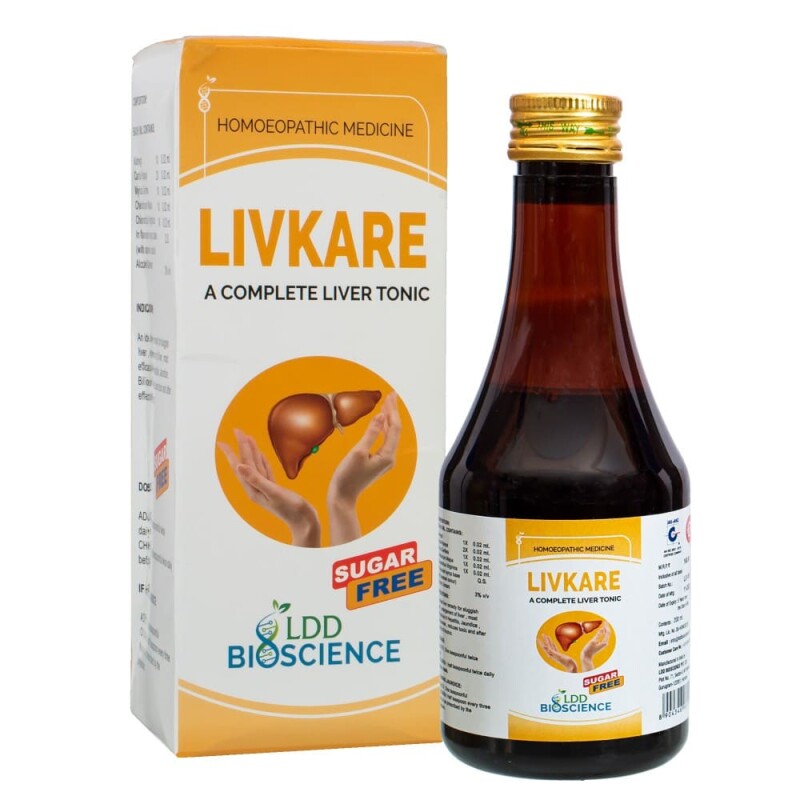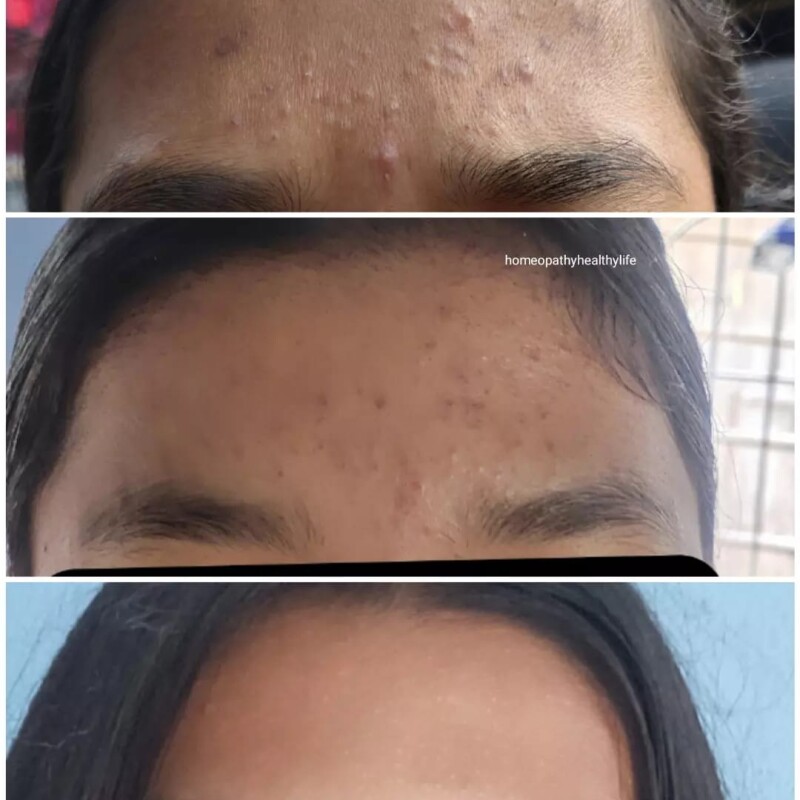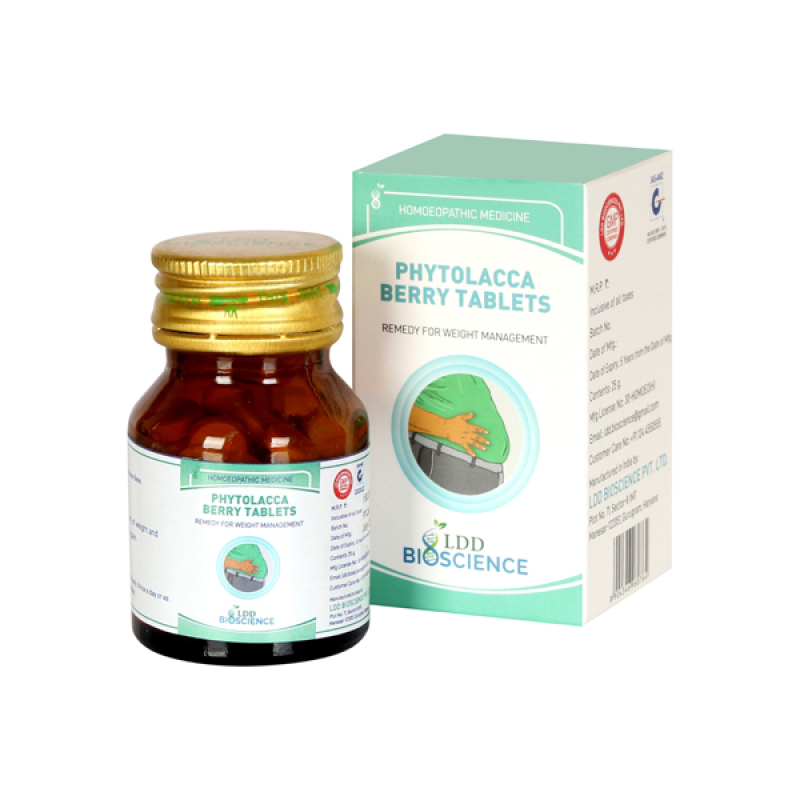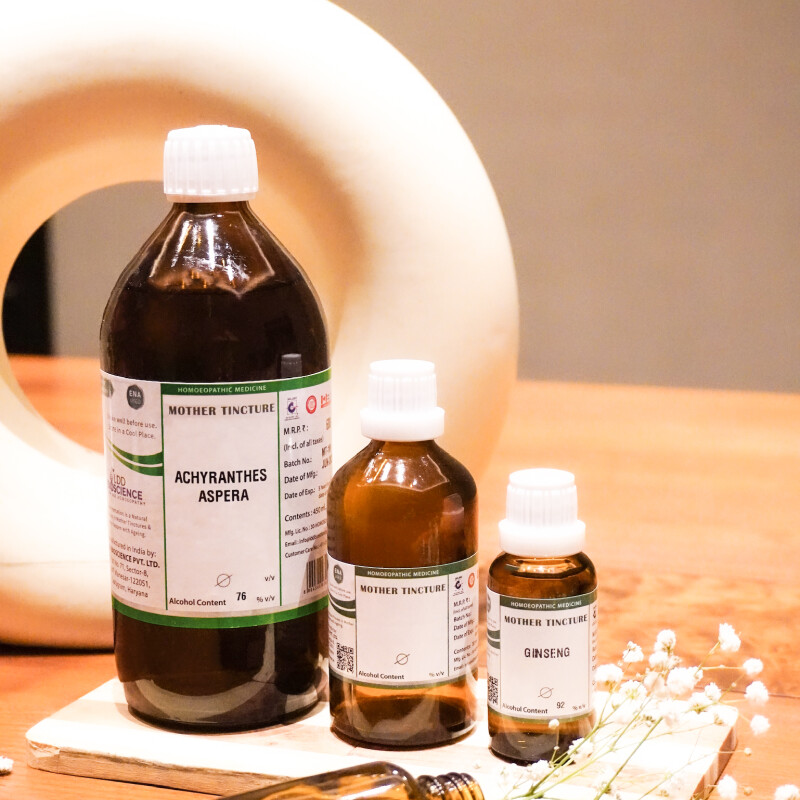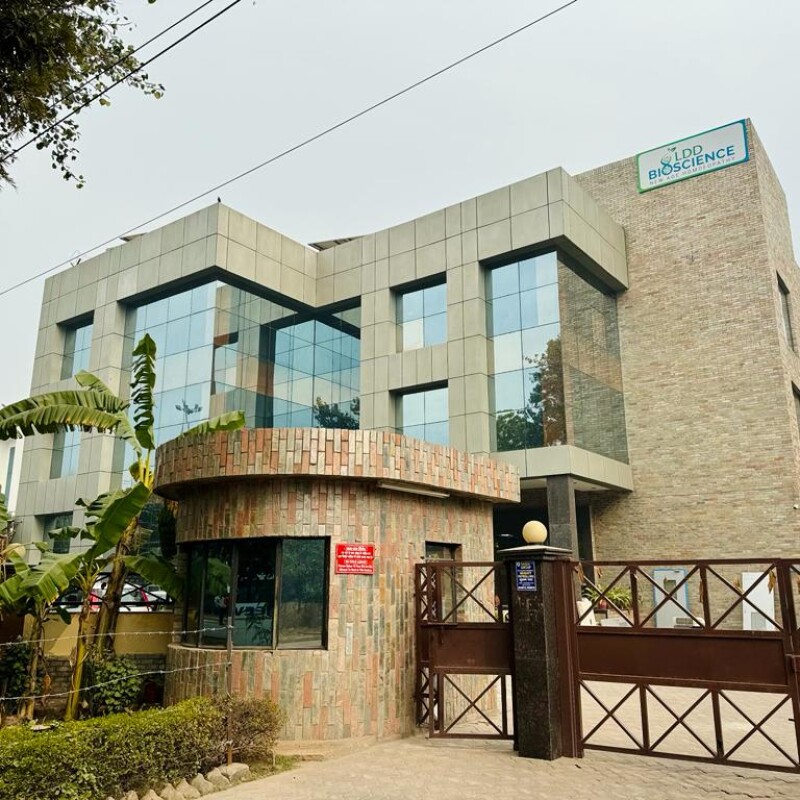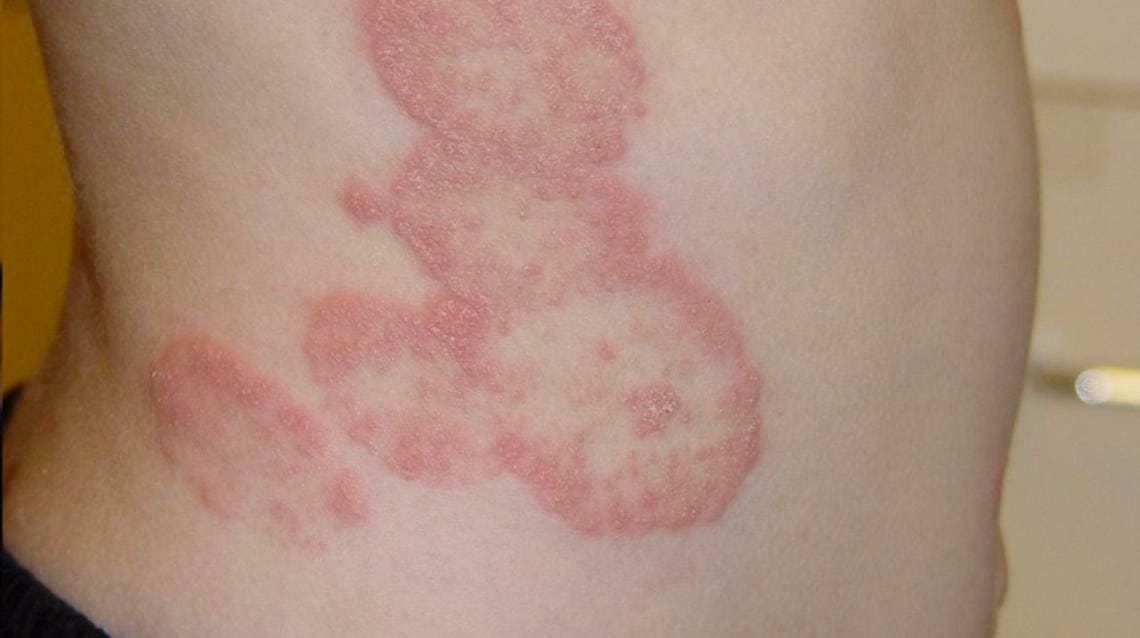
Ringworm (Tinea corporis) is a common dermatophytosis, which is a type of cutaneous mycoses that invades keratinized tissues of skin1. Ringworm infections usually occur on exposed skin. People from different regions in this world can have this infection. But people belonging to tropical regions are most commonly infected with this fungal infection2. [Leung Alexander KC. et. al 2020] Ringworm infections usually occur on exposed skin. But it can develop at any part of the body and can affect fingernails and toenails. The symptoms depend on the body part that gets affected. However, ring-shaped rash, itching, and red, cracked, and scaly skin are some common symptoms associated with the condition3 .
Ringworm of the foot the name ‘athlete’s foot' or Tinea Pedis occurs due to invasion of dermatophyte fungus on interdigital clefts of toes, soles, and nails of the foot4 [Nigam and Saleh 2020]. The symptoms of an athlete’s foot include swollen, red, peeling, and itchy skin between the toes. The most commonly affected region is between the pinky toe and the one next to it. The heel and sole may also infect because of the spreading infection. The untreated condition leads the skin on the feet to get a blister and makes the infection severe3 .
The classic treatments of Ringworm include azoles (e.g. clotrimazole, econazole, ketoconazole, miconazole), allylamines (e.g. naftifine, terbinafine), benzylamine (butenafine), ciclopirox, and tolnaftate group of medicine. But drug resistance development often causes treatment failure for many patients2 . Application of Fungikure reduces the scope of development of such drug-resistance and may be an effective treatment against drug-resistance related treatment failure.
Approximately 10% of the total population may be affected by dermatophyte infections of the toe clefts.
Eczema is clinically termed as atopic dermatitis that causes chronic skin inflammatory condition5 [Lee JH, Son S W, Cho S H, 2016] Symptoms of eczema include itchy and redness of the skin. But the severity of the symptoms ranges from a mildly irritating small skin patch to a painful rash spread over wide area of the skin surface. Childhood prevalence of the eczema is more due to genetic connection and persists for many years6. Environmental factors or genetic-environmental interactions usually trigger eczema5. [Lee JH, Son S W, Cho S H, 2016] But some scientific reports stated that Malassezia, Candida, and some dermatophytes can affect the symptoms of eczema. Therefore, experts suggest that certain fungal infections need to be considered eczema patients to avoid treatment failure as clinical features of those fungal infections could mimic eczematous lesions7.
Evidential support of Fungikure
The composition of Fungikure is efficient and safe to apply to fungal infection. Different scientific literature has mentioned the antifungal effect of each of the ingredients blend in Fungikure formulation.
Composition:
Each 5ml contains:
- Bacillinum Pulmo 12c 0.5ml
- Chrysarobinum 3X 0.5mg
- Thuja Occidentalis 3X 0.5mg
- Torula Cerevisiae 1X 0.5mg
- Alcohol content 18%v/v
Mechanism of action of each ingredient
Bacillinum Pulmo
Different homeopathy research papers have mentioned that the Bacillinum group of medicine is typically a standard homeopathic treatment for acute and self-limiting conditions. But Dr. Burnett has shown that Bacillinum is also an effective remedy for ringworm of the scalp and pityriasis versicolor on the body. This fact is mentioned in Materia Medica by John Henry Clarke.
Chrysarobinum
Chrysarobinum contains chrysophan that rapidly oxidized into chrysophanic acid. Rhubarb and Senna are two plants that also have chrysophanic acid as a phytochemical. Chrysarobinum successfully treats ringworm by relieving violent itching and dry, scaly eruption.
Thuja Occidentalis
Thuja occidentalis L . is a native European tree extensively used in homeopathy. This ingredient acts as an immune stimulant. Thuja occidentalis helps in antibody production and activation of immunocompetent cells like macrophages and other . Thus it helps to reduce infection and associated skin inflammations. Also, Thuja occidentalis reduces dry skin with brown spots occurs in Mycoses.
Torula Cerevisiae
This is a yeast plant used in homeopathy treatments. It is an effective treatment against the Tinea group of fungus. It helps to treat boils, skin red and itchy skin around ankles and reduce the scope of recurrence.
Indications for use
Ringworm, eczema, Athlete’s foot, mycosis
Fungikure helps to reduce the redness; irritation at the same time avoids darkening of skin.
Dosage:
10-15 drops in some water 4-5 times a day or as prescribed by the physician.
Precautionary measures
Some precautionary measures need to follow for treating cutaneous mycoses along with medical treatments. The patient should wear light and loose-fitting clothing to alleviate symptoms. The skin of the affected part of the body should be kept clean and dry as much as possible. The spreading of the infection can be prevented by avoiding close contact with infected patients and stop sharing their fomites and clothing till the condition is completely cured .
